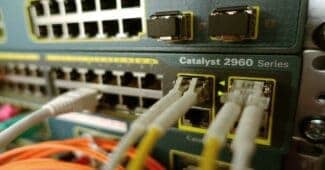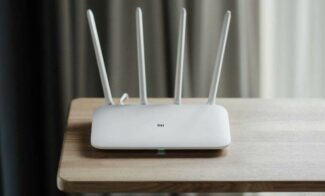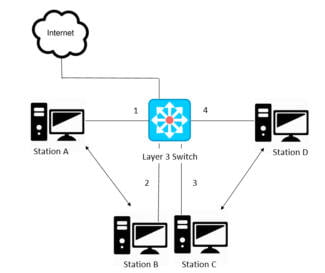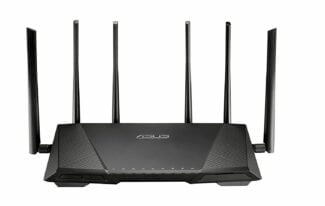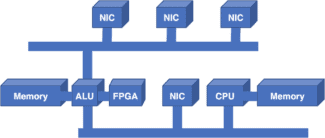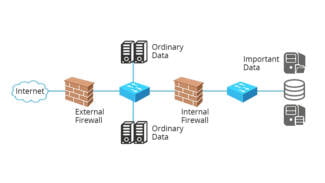Router designed to create networks in small offices and homes using both wired and wireless connections. The device complies with the 802.11n standard and provides data transmission up to 300 Mbps.
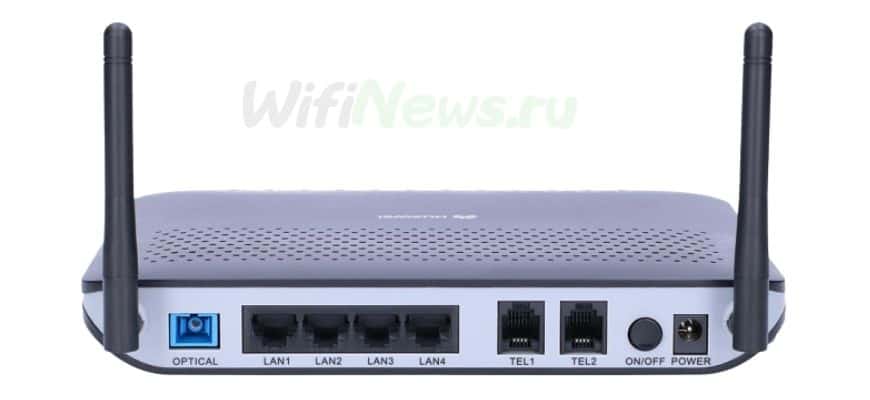
Router: What is a router, how does it work, what do you need it for at home?
Everyone knows what a router is, but not everyone understands the principle of operation of this device. Although it is from its parameters that consumer satisfaction with the quality of the Internet signal in a residential or public area depends. Therefore, let's consider in detail how to choose a router to ensure its long life and high data transfer rate.
The key purpose of a router is to transmit a signal in order to provide users at a certain distance with wireless Internet. The variety of models on the market today makes it possible to provide the necessary speed and signal strength. Therefore, to choose the right router for your home or office, you need to understand its working principle and key parameters.

- Router – this is another name of the router – has a multi-stage principle of operation. It provides "distribution" of the Internet to users connecting to it. Its main purpose is to distribute streams of information – input and output.
- This device requires a power connection via an outlet.
- Additionally, the router is connected to the main cable, which is used to supply Internet access to the apartment, office or private home. The connection is provided through the port.
- After the router has been connected to the cable and plugged into the power grid, it receives the necessary information, which is then distributed in packets. A packet is defined as a certain block containing a certain set of data.
- The packet header contains information about the destination address.
- At the same time a special code is generated, which creates a routing table.
- Then the router evaluates and chooses a path according to the created table. This is the path through which the data will be transmitted.
What is the difference and difference from the modem
The average user, evaluating a router – not only asks the question "what kind of device and how it functions", but also tries to draw parallels in terms of comparison with other devices of a similar category. Most often the comparison is made with a modem. To understand what the similarities and differences between these two devices are, it is worth to understand their main purpose and features of functioning:
A modem is able to provide Internet transmission to only one device. In addition, it does not have its own IP address. Thus, the modem can be classified as a single-function device.
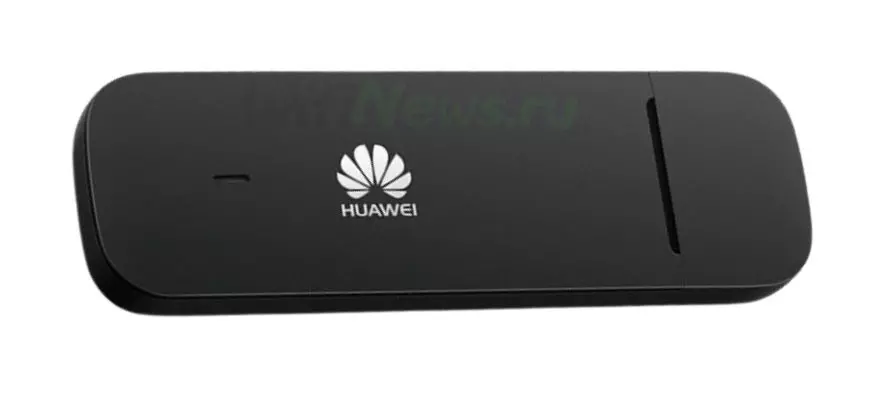
A router, on the other hand, provides multi-channel signal distribution and has its own IP address. A router, on the other hand, is a multifunctional device which is capable of fine-tuning its operation.
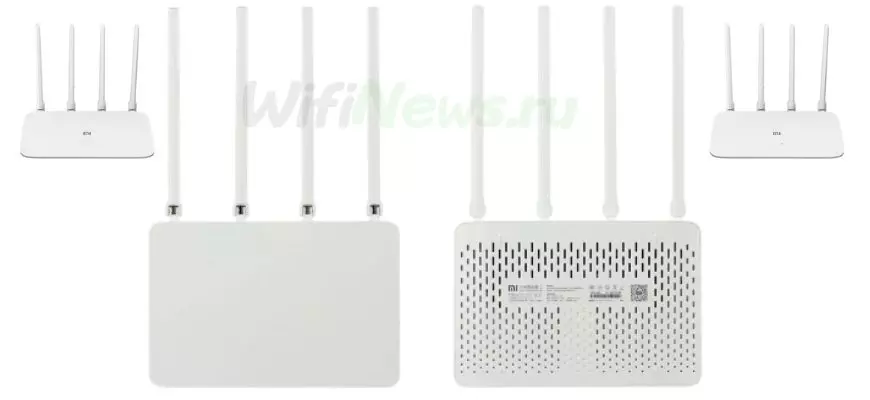
At the same time, both the router and the modem are able to work in tandem providing both wired and wireless signal distribution.
The structure and principle of operation of a router
The basic principle of the router is to assign and redistribute data flows between the subscriber devices and the server stations. By default, the access speed is equally divided between the different devices.
The internal organization of the router is as follows:
- There is a routing table in memory that stores paths to all devices in the network and to other routers. The result is a kind of connected network of devices, to each of which the optimal path can be chosen.
- Periodically, test packets are sent, to determine the time in which each packet will reach. In this way, the current state of the network map is maintained. This is called dynamic routing.
- The router itself is a small plastic box that has several sockets on the housing to connect the Internet over the wire.
- The device is connected to the Internet through a cable called twisted pair. Through the antenna, the access point distributes information from the Internet to the Wi-Fi network, over which the various devices that have the receiver receive the data.
There is also static routing, where you have to set addresses so that data packets don't go to the wrong place. This method takes more time and effort, but it is also more secure.
What a router is, how it looks and what it's needed for is explained in the following video:
Types of routers
There are 3 groups of routers based on the provider's data transmission technology:
- ADSL routers. These devices are connected to the telephone line – quite convenient, given that it is not necessary to pull any additional wires. ADSL-routers allow you to receive data at speeds of up to 10 Mbps and send data at up to 700 Kbps, but today these results are no longer enough, so this type of router is almost never used.
- Ethernet router. You will have a special cable (twisted pair) installed in your apartment, which consists of two lines, allowing for simultaneous signal reception and transmission. This increases the signal rate up to 100 Mbit/s, and it is currently the most reliable and efficient way to access the Internet.
- LTE router. Connects to cell towers and then distributes Internet to other devices. You need to buy a SIM card and connect to Internet services from a cellular operator. Today, this feature is included in all modern smartphones. The advantage of this type is that you have Internet where there is no network access. The disadvantage is that you are tied to a telecom operator and increased power consumption.

